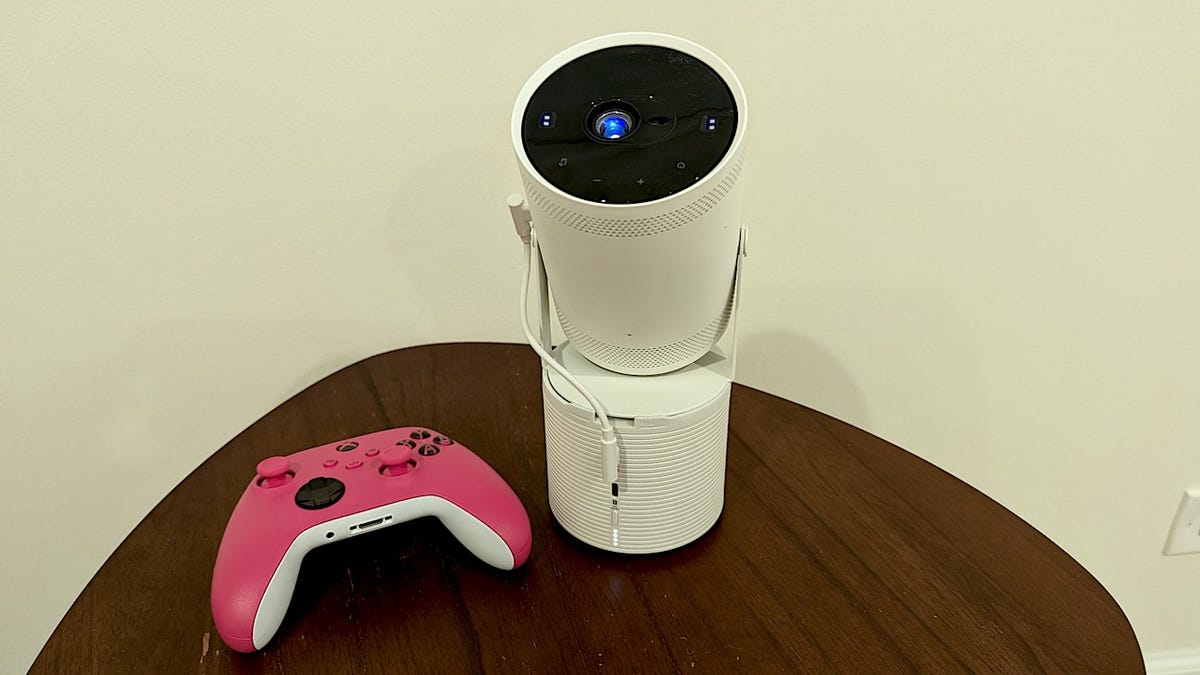BOOK THIS SPACE FOR AD
ARTICLE ADUnicode Consortium — the non-profit organisation that approves and standardises emojis — on Tuesday, September 15, announced the launch of Unicode 14.0 that brings a bunch of new characters and emojis. The Unicode Consortium has released a list of 37 new emoji characters that will be available on Android, iPhone, and other devices later this year. A saluting face, troll, heart hands, a low battery indicator, and hand with index finger and thumb crossed are the latest quick-to-shareadditions to the emoji pack. Including all the new variations and skin tones, there will be 112 new designs.
According to a blog post on the Unicode website, Version 14.0 adds 838 characters, for a total of 144,697 characters. These additions include five new scripts, for a total of 159 scripts, as well as 37 new emoji characters. Biting lip, face with open eyes and hand over mouth, face with a peeking eye, face with a diagonal mouth, a melting face, and even a face holding back tears are among the new additions.
Some notable emojis that are coming in 2021 include pregnant man and pregnant person, person with crown and different hand positions. There is a heart hand emoji too. Besides, there are emojis including coral, beans, pouring liquid, jar, lotus, empty nest, and nest with eggs. The entire list of 37 new emojis is available on Unicode 14's emoji chart.
The characters are decided based on the proposals received by the Unicode Consortium, it says. It will be reviewed by the Unicode Emoji Subcommittee, and selected on the basis of the Emoji Selection Factors in Submitting Emoji Proposals.
The Unicode 14.0 version was delayed last year due to the COVID-19 pandemic. The organisation has postponed the release of the whole Unicode Standard 14.0 itself last year. Instead of debuting in March 2021, the Unicode 14.0 emojis debuted in September 2021.
There's no exact word on when these emojis will appear on Android and iOS devices. Once the new emoji are released by the Unicode Consortium, technology companies like Google, Apple, Twitter, and others release their own versions of these emoji and add support on their respective platforms. This process can take several months.
.png)
 3 years ago
150
3 years ago
150 














 Bengali (Bangladesh) ·
Bengali (Bangladesh) ·  English (United States) ·
English (United States) ·